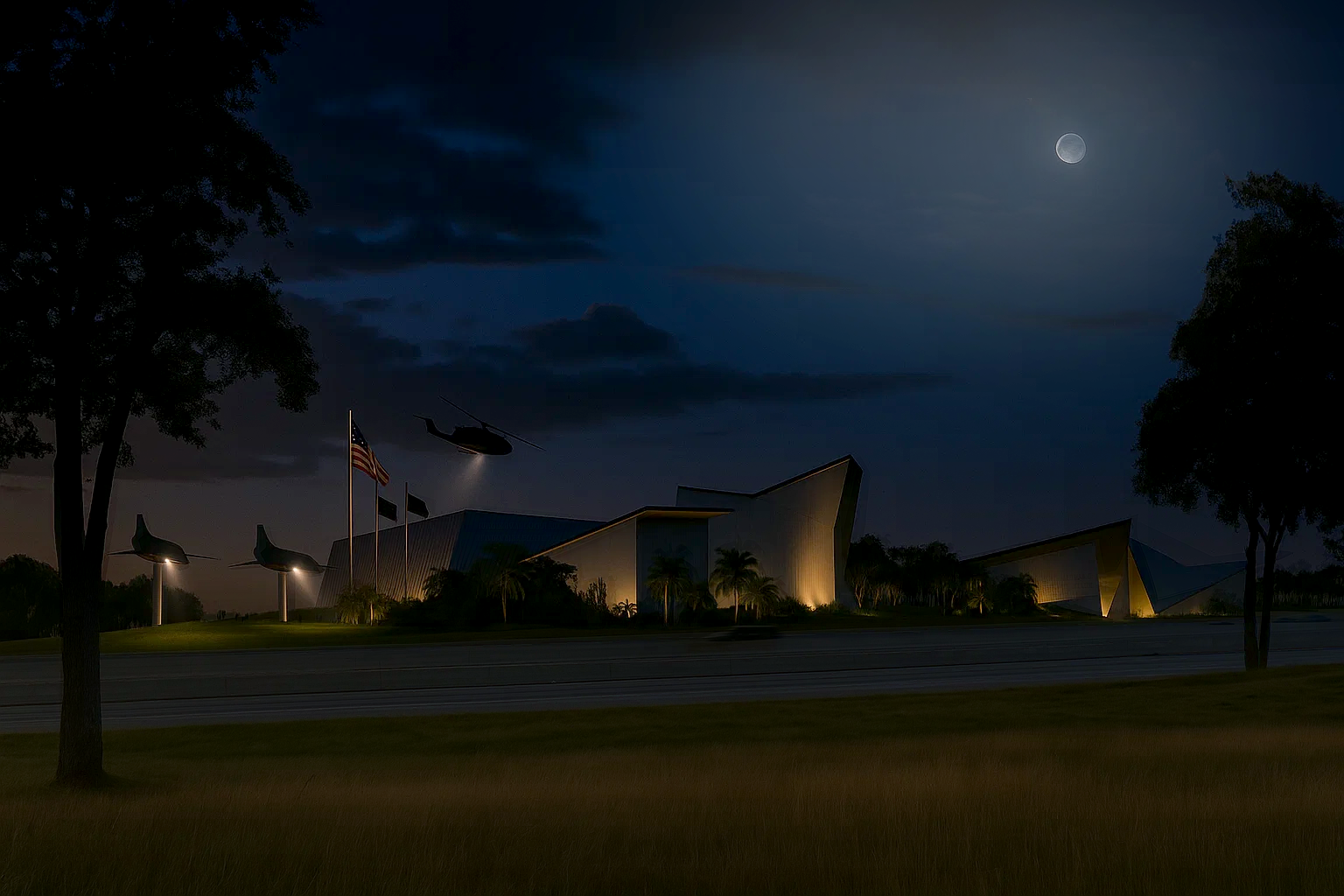
Vietnam Center, Archive, and Museum of the Vietnam War
For more than three decades, the Vietnam Center and Archive at Texas Tech University has been dedicated to collecting, preserving, and sharing the history of the Vietnam War. Through its unparalleled collection of documents, photographs, and oral histories—as well as artifacts ranging from uniforms and equipment to helicopters and weaponry—the institution has become a vital resource for veterans, families, scholars, and the public. Beyond its collections, the Center has cultivated understanding through conferences, symposia, guest speakers, and a wide array of educational programs.
Texas Tech University is now taking a transformative step: the creation of a new facility that will unite the Vietnam Center and Archive with a dedicated Museum of the Vietnam War. This ambitious master plan and fundraising initiative will establish a landmark institution—one that not only preserves an extraordinary collection of records and artifacts, but also elevates them into an engaging public experience.
Project Size
80,000sf
Location
Lubbock, CTX
Lead Design
Collaboration w/ VoorsangerMathes Llc
Sculpting the Landscape of War
The Vietnam conflict unfolded across an extraordinarily diverse range of terrains: dense jungles and marshes, rural villages, highland mountains, and crowded urban centers. Yet the war was also fought, in a very real sense, within the United States. Protests, political upheaval, and cultural divisions made the conflict impossible to ignore at home. For the first time in history, the devastation of war was broadcast unfiltered into households worldwide. The battles were no longer distant—they were immediate, visible, and deeply polarizing, claiming lives and reshaping society far beyond the front lines.
Preserving Memory
In dialogue with the client, it was agreed that the project should foster reciprocity between past and present, and offer a deeper emotional understanding of the war’s complexity. Immersive strategies would therefore guide both the exhibitions and the architecture. In Vietnam, the terrain was marked and scarred by combat; in Lubbock, Texas, by contrast, the topography is flat and windswept, with the city’s highest natural elevation only nine feet. To address this, the design begins by reimagining the site’s landscape. Inspired by the geography of war, the ground is sculpted to create elevations of 15 to 20 feet, from which the buildings and circulation paths are carved, as though unearthed from memory.
Honoring History, Inspiring Understanding
The architecture is conceived as a single level yet with soaring vertical proportions—spaces rising from 50 to 80 feet in height. This monumental scale enables immersive exhibitions that capture the verticality of the Vietnamese landscape: the towering canopies of jungle, the openness of plains, the density of cities, and the shifting rise of mountains. At the same time, it establishes an atmosphere of solemnity and reflection befitting a national center of remembrance and scholarship. By uniting architectural form, landscape transformation, and community-driven storytelling, the Vietnam Center and Archive, with its new Museum of the Vietnam War, will become a place where history is not only preserved, but profoundly experienced—a place that bridges generations, honors sacrifice, and provides enduring insight into one of the most defining conflicts of modern history.














